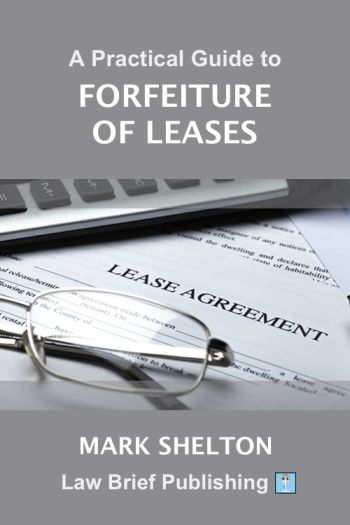
Forfeiture of a lease can appear to the landlord as one of the more appealing remedies available to it for non-performance by the tenant. Simply changing the locks to recover possession is direct, simple, cheap and effective. All too often, though, that is just the beginning of the story, since the law relating to the forfeiture of leases is notoriously complex and archaic.
A particular problem is the law relating to waiver of the right to forfeit. It is potentially a valuable and important property right, but it can be lost by waiver on the landlord’s part very easily and inadvertently – indeed, even without the landlord either knowing that he had such a right or participating in the act of waiver. The risk of waiver distorts or prevents dialogue between landlord and tenant, and stands in the way of sensible negotiated resolutions to disputes.
The availability of relief from forfeiture, mitigating the harshness of the common law in favour of tenants, is something that few would complain about in principle. In practice, though, the existence of several jurisdictions for the grant of relief is unnecessarily confusing, and the outcome of applications for relief unpredictable.
For the landlord who wants to recover possession, the potential for a successful relief application means that outcome may well not be achieved. For the landlord who simply wishes to put pressure on the tenant to perform their obligations, on the other hand, the problem is that once done forfeiture is irrevocable, and the tenant may simply accept it and leave the landlord with a vacant property.
It remains, nevertheless, a remedy which can be very useful and valuable, and in some cases simply the only effective one. Those advising on it, whether solicitor or surveyor, and whether acting for landlord or tenant, need the practical guidance which this book provides.